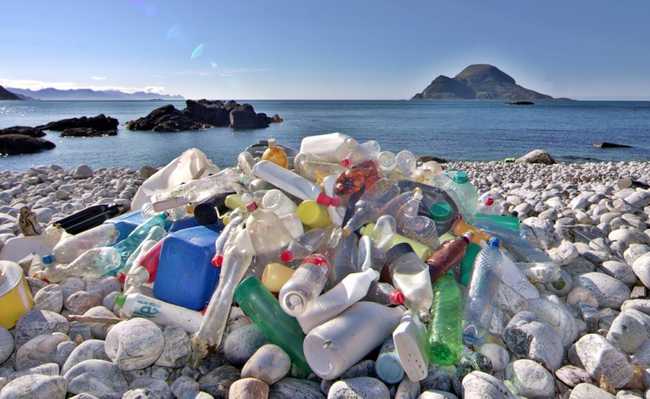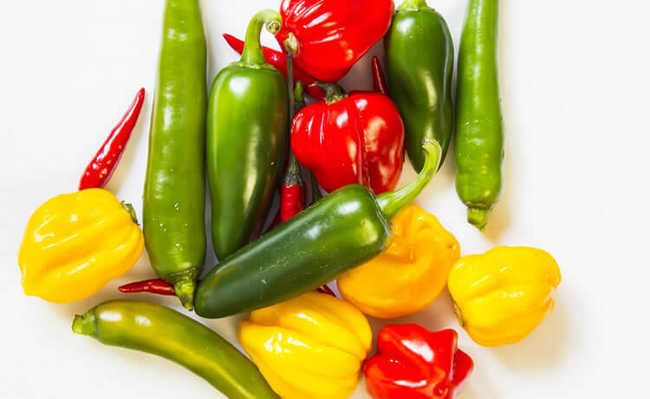What is biotechnology?
Biotechnology is a complex network of knowledge in which science and technology intertwine and complement each other

Arek Socha image by Pixabay
The term biotechnology refers to any technological application that uses biological systems, living organisms or their derivatives to manufacture or modify products or processes for specific use, according to the United Nations (UN). It is intended to promote the improvement of techniques in various sectors of society, such as industry, health and the environment.
It is believed that ancient peoples already used micro-organisms in the preparation of drinks and food. With the evolution of technologies, the use of biological mechanisms to fight hunger, diseases and sustainable energy production have become increasingly common.
traditional biotechnology
Biotechnology techniques began around 6,000 BC with fermentation processes for the production of alcoholic beverages. Later, this practice was also used for the manufacture of bread, cheese and yogurt. In the 17th century, researcher Anton Van Leeuwenhoek discovered the existence of tiny beings through the microscope, but only in 1876, Louis Pasteur proved that these microorganisms were the cause of fermentation.
As a result, from 1850 onwards, new areas of knowledge emerged. Microbiology, Immunology, Biochemistry and Genetics are born. Industrial Chemistry develops at an accelerated pace and also increases the intervention of Agricultural and Livestock Engineering in the management of the field. In 1914, agricultural engineer Karl Ereky develops a plan to raise pigs to replace traditional practices with a capitalist agricultural industry based on scientific knowledge.
The first definition of biotechnology is owed to Ereky, as “the science and methods that make it possible to obtain products from raw materials, through the intervention of living organisms”.
The 20th century has seen an admirable development in science and technology. The combination of both results in achievements in various productive sectors, where living beings form the basis of items as diverse as the manufacture of new foods, the treatment of waste, the production of enzymes and antibiotics.
modern biotechnology
The proposal of a helical model for the DNA molecule represents a fundamental milestone in the history of Molecular Biology. But the divide between traditional biotechnology and modern biotechnology is a series of experiments carried out by H. Boyer and S. Cohen that culminated in 1973 with the transfer of a gene from a frog to a bacterium. From that moment on, it is possible to change an organism's genetic program by transferring genes from another species to it.
In this transition, Genetic Engineering occupied a prominent place as an innovative technology of the 20th century. Studies in genetics, molecular and cellular biology have supported the development of genetic engineering – a technology that controls the recombinant DNA of species. This innovation allows for the creation of transgenics.
Transgenics are organisms that undergo artificial modifications in their genetic code. Transgenic foods, for example, are derived from seeds and plants whose configurations were altered in order to meet the demands of plantations and buyers.
Biotechnology covers a wide area of knowledge that stems from basic science (molecular biology, microbiology, cell biology and genetics), applied science (immunological and biochemical techniques, as well as techniques arising from physics and electronics), and other technologies ( fermentations, separations, purifications, informatics, robotics and process control). It is a complex network of knowledge in which science and technology intertwine and complement each other.
Biotechnology classification
In an attempt to list the functionalities of biotechnology in each sector, scholars started to classify it in colors.
- Green biotechnology: applied in agriculture, especially in the creation of genetically modified seeds and plants. This type of production is intended to produce crops that are more resistant to pests and chemical substances (pesticides and pesticides);
- Red biotechnology: used in health for the development of new treatments or remedies. Genetic manipulations can help in diagnosing diseases or in healing processes;
- Blue biotechnology: used in the search for marine biological resources, such as the search for molecules in algae to treat diseases;
- White biotechnology: applied in industrial procedures, such as in the creation of substances that release less pollutants into nature;
- Orange biotechnology: applied in the field of information. Educational contents are created for access by all sectors of society or to encourage the adhesion of new professionals to the field of biotechnology.
Biotechnology application areas
Learn more about the main areas of application of biotechnology:
Health
In the area of health, biotechnology elaborates antibiotics and synthesizes substances capable of making up for the lack of important molecules for the proper functioning of the human body.
In addition, biotechnology allows advances in cell therapy through the use of molecules, transport with genetically altered animal organs, use of stem cells to fight degenerative diseases, generation of vaccines, antibodies and hormones in the laboratory.
Agriculture
In the agricultural area, biotechnology contributes to the creation of transgenic seeds and plants capable of resisting pesticides and pesticides. The technology applied to biology is also used in livestock to generate embryos from modified animals in order to improve transplant techniques and test new drugs.
Industries
In industries, biotechnology creates biological tools that intensify production and manufacture renewable fuels from waste. In this way, it contributes to reducing the exploitation of polluting natural resources and reducing toxic gases in the atmosphere.
The chemical industry also uses biotechnology to manufacture ketones, alcohols, fabric proteins and manufacture synthetic fibers for clothing.
Environment
Biotechnology helps to improve environmental conditions and control human-generated degradation. Micro-organisms are created with the purpose of treating water polluted by waste from companies and sewage. Species extinction is also controlled by knowledge of the genetic code of living beings.
Biotechnology in Brazil
In Brazil, biotechnology support programs emerged in the 1980s. One example was the creation of the Sectorial Biotechnology Fund, which focuses on “promoting the training and training of human resources, strengthening the national infrastructure for research and support services, expanding the knowledge base in the area, encourage the formation of biotech-based companies and the transfer of technologies to consolidated companies, carry out prospection studies and monitor the advance of knowledge in the sector”.
Biotechnology has been considered a strategic priority in Brazil since 2003, and in 2007 decree No. 6,041 was created, which established the Biotechnology Development Policy. Check out some facts about the biotechnology area in Brazil:
- Brazil occupies 18th place in the world ranking in relation to the number of biotechnology companies, according to a study by the Organization for Economic Cooperation and Development (OECD);
- The biotechnology sector in Brazil has 155 companies operating in the areas of agriculture, bioenergy, inputs, environment and health, according to a survey by the BIOMINAS Foundation. São Paulo (42.3%), Minas Gerais (29.6%) and the South (14.4%) concentrate the largest number of companies;
- Brazil stands out for being a pioneer in the research and use of genetically modified agricultural products, in addition to developing and commercializing cutting-edge agricultural biotechnology knowledge.
Biotechnology developed by a Brazilian company stands out in world entrepreneurship
Brazilian company Bug Agentes Biológico, from Piracicaba-SP, was chosen by the World Economic Forum as one of 36 pioneering technology startups in the world. The company sells biological control agents that attack crop pests. Generally, the predators sold attack the pest's eggs, preventing them from developing and causing damage to the harvest.
Brazil is among the largest pesticide users in the world. The use of biotechnology to balance the relationship between pest and predator is friendlier to the environment than the use of chemical pesticides.
To avoid the risk of non-native species attacking non-target species, the company visits the field where biological control will be applied and identifies a parasite or natural predator of the pest's eggs to be fought. This species is chosen as the plantation's defense agent. Finally, the company uses a process to produce the selected agent and ship the product to the customer through a proprietary delivery mechanism.










